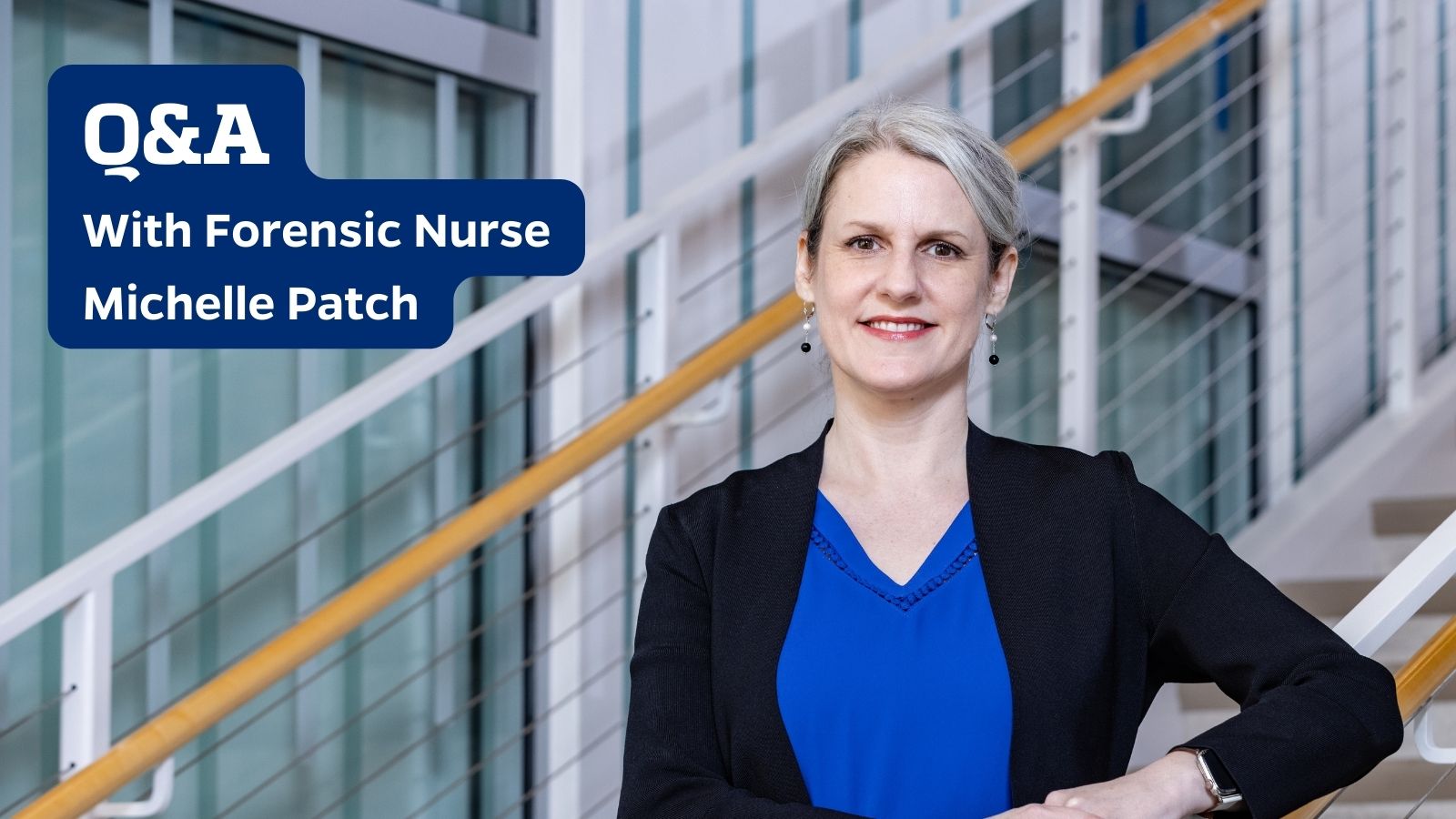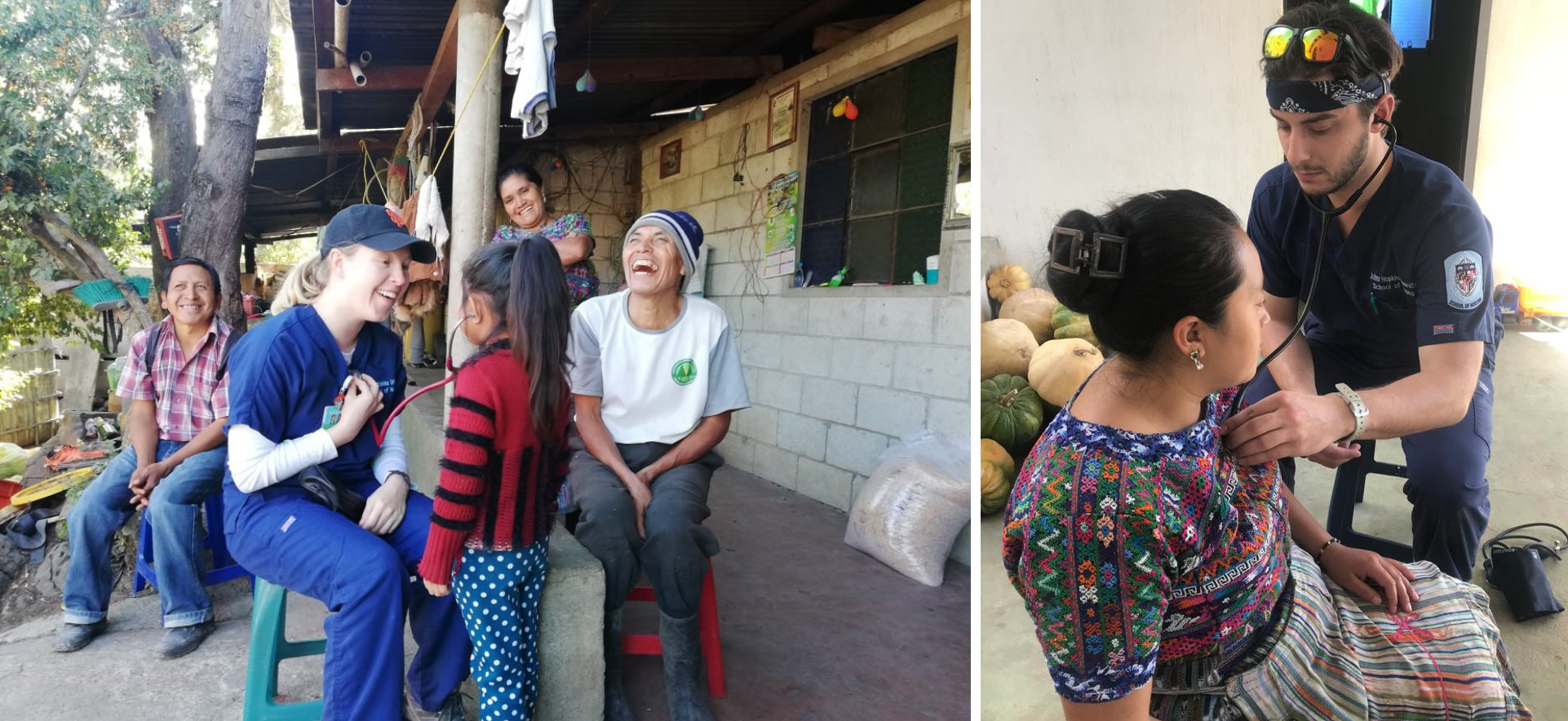Phyllis Sharps, PhD, RN, FAAN, is professor, Elsie M. Lawler chair, and associate dean for community programs and initiatives at the Johns Hopkins School of Nursing. She was selected as the 2018 Finalist of the Johns Hopkins University’s Provost’s Prize for Faculty Excellence in Diversity.
What does diversity mean to you?
Diversity means the acceptance of uniqueness and the contributions, appreciation, respect for, and inclusion of all human beings. The world is made up of many women, children, and men, and although people may differ in how they look, think, behave, love, believe, communicate, live, work, and play, human beings are more alike than they are different. Embracing the differences and similarities allows us to celebrate the richness of diversity and the people of our country and world.
How has the nursing profession improved in diversity and what more can be done?
While there has been some progress in the diversification of the nursing workforce, nursing must continue to push for increased diversity, both in health care system settings and in academic institutions. 83 percent of nurses are white and about 90 percent are female. Contrast that to the diversity of the U.S. population where minorities are now 37 percent of the population and projected to increase to 57 percent by 2060. A more diverse nursing workforce will be critical to addressing the population needs of our country as well as health disparities that exist in non-white populations. It’s also keenly important to develop strategies that address the social determinants of health like housing, race, and income, as well as policies that will increase health equity.
The solutions must be comprehensive, beginning in schools where teachers and guidance counselors help parents and youth learn about nursing as a dynamic, rewarding career both personally and financially, and then help them enter college prepared to pursue a career in nursing. Nursing faculty and programs need to examine student and faculty recruitment and admission policies to help create environments that value diverse students and inclusivity and an environment where all faculty and students are successful in achieving their goals. Similarly in hospitals and other practice settings, nurses that represent gender and color diversity need to be treated in respectful ways and have the same opportunities for promotion and leadership.
How do you foster not just diversity, but inclusiveness, as an educator and nurse?
When you concentrate on getting to know people for who they are and keep your mind and options open, you can engage diverse colleagues. There is a joy in getting to know a variety of people and working together to develop unique and creative solutions.
My class materials show diversity, I offer readings and encourage students to read widely to gain different perspectives, and I aim to make sure all of my research teams include diverse members. If we apply what we teach students—that a professional nurse listens and interacts with patients in non-judgmental ways and is empathetic—then we will be able to show how important it is to work with diverse populations. People may be different – but difference does not make a person better or worse, or more or less than others. Acknowledge the differences and seek to find similarities that allow people to work together.
Tell us about a time when you changed your style to work more effectively with a person from a different background.
Working with our students in Saudi Arabia is a recent example. We had to learn the importance of the Muslim religion and the impact it had on the female’s dress, the value of having time for prayer, their family obligations, structuring classes around prayer times, and holiday celebrations that are mostly different from the U.S. Christian calendar and preferred holidays. It was a learning experience that humbled me again to the benefits of working with different cultures, having meaningful interactions despite differences, and the importance of finding common ground through simple human interactions.
How can we handle situations when we don’t agree or see eye-to-eye on an important social issue?
It is important to listen as best you can to each other’s perspectives on the issue, engage in civil discourse, and not respond in anger or other uncivil behaviors. Sometimes you may have to agree to disagree. Then, determine how you can work together in a way that respects the dignity of each person. This is especially important in nursing as we work in teams and often care for patients who are not like us, or who share very few similar experiences. No matter what, we will still be called upon to provide care in a kind and empathetic manner. That is the essence of nursing after all.

 Forging Policy: How Can Doulas Improve Black Maternal Health?
Forging Policy: How Can Doulas Improve Black Maternal Health? Global Service Learning: Guatemala
Global Service Learning: Guatemala Q & A With Forensic Nurse, Michelle Patch
Q & A With Forensic Nurse, Michelle Patch Guatemala Re-visited: Rainwater Project Shows Value of Service-learning Trips
Guatemala Re-visited: Rainwater Project Shows Value of Service-learning Trips You’re Welcome
You’re Welcome





